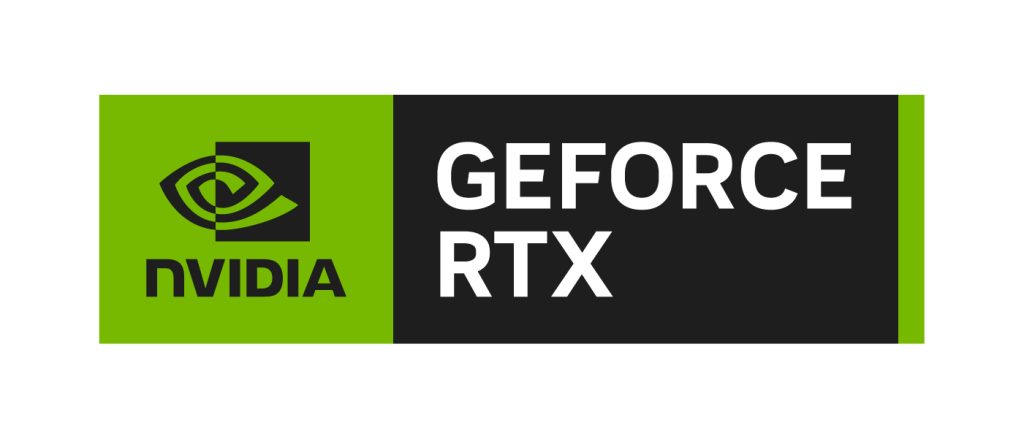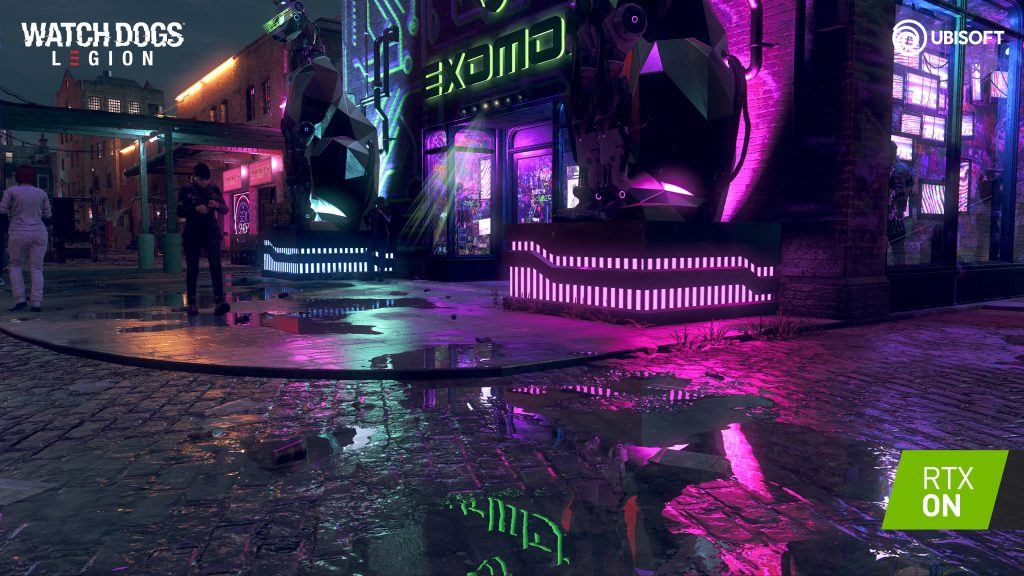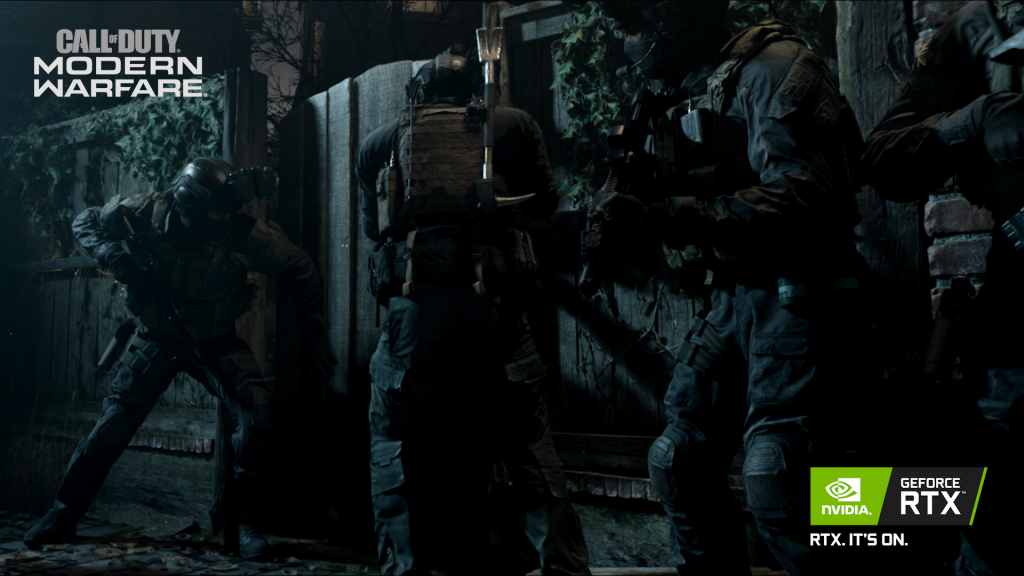
Nvidia's RTX line of graphics cards have been in the wild for a few years now and in that time both game and feature support has grown immensely. But the technology behind the RTX brand isn't exclusive to Nvidia. It's all about Ray Tracing, but what actually is Ray Tracing? What does it mean for games and why should you take such a performance penalty for enabling it in your favourite open world title?
Understanding Ray Tracing
Ray Tracing is a technology that allows for much more realistic lighting and shadows in rendering. This technique utilises different algorithms to trace paths of light and dictate how they should interact with objects in a physical space. Ray Tracing can also handle reflections, refraction, scattering and more.

Traditionally this tech has been used in photo or video rendering, where the time to render each individual frame isn't much of a concern. With games this is a different story. The Nvidia 20-series graphics cards were the first powerful enough and built to perform "real time" ray tracing. This was a fairly significant advancement from rendering a frame every minute to having ray traced gameplay in real time, at 30-60 frames per second.
Ray Tracing in Games
When it comes to ray tracing in games there are various different implementations developers are utilising. From just ray tracing object shadows like in Call of Duty: Warzone or full blown ray traced lighting, reflections, shadows and more in titles such as Cyberpunk 2077 and Minecraft RTX.

These methods will impact the performance of your PC differently due to the power required to process them. There will always be a performance hit when using any method of ray tracing. Games that get the most out of ray tracing can have a performance hit of 30%+ in some cases due to the sheer amount of processing power required. But if you are someone who prefers form over function, the graphical beauty of well used ray tracing is something to behold.
Games have of course done a pretty good job mimicking the effects of lighting and reflections in the past. Using techniques such as screen space reflections (SSR) or baked in lighting maps where all of the lighting is pre-calculated and the result is placed onto a coloured texture map. The downside to this pre-calculated method is that its static, any change in the game world would mean the the lightmap would need to be replaced and any movable object would not alter the baked in lighting, such as a chair being moved into sunlight and not casting a shadow.
Nvidia's RTX brand of graphics cards feature RT cores which take the brunt of ray tracing workloads and although AMDs new 6000 series graphics cards do have the ability to perform real time ray tracing, Nvidia's offerings are still far superior in this regard.
What Games Support Ray Tracing?
The list of titles implementing some form of ray tracing is growing exponentially as new technology comes out making it easier to both run and implement. As time goes on new hardware will inevitably make the barrier of entry lower and developer tools such as the recently released Unreal Engine 5 make implementation and even updating older titles to support the new techniques even easier.
With that said the list of supported programs and titles is relatively small on the grand scale of PC gaming in its current form. A full list of supported games and their supported technologies can be found on the Nvidia website.
Closing Thoughts
RTX graphics cards and real time ray tracing have already given us a good look into the future of gaming, with a clear strive for more photorealism and dynamic environments that you can truly feel exist somewhere in the world. It's exciting to think about all the new possibilities and immersive experiences that have been and will be made possible with this technology.
Want to give RTX a go yourself? Check out our full range of Nvidia RTX Powered PCs here.

